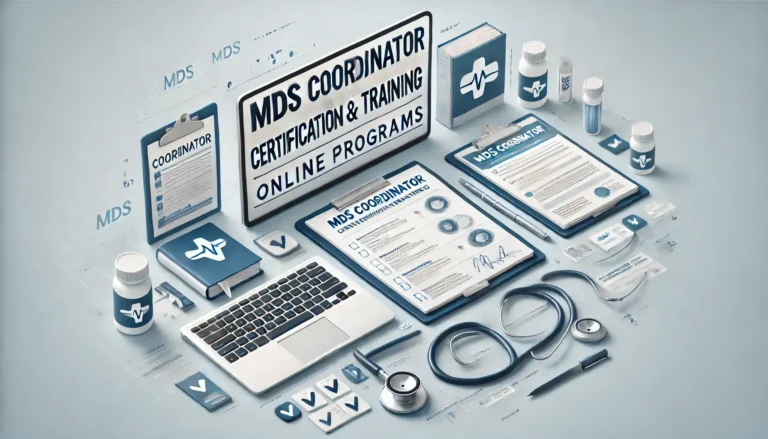Safety Orientation Course
This online course provides safety messages to new workers that explain safe work practices and how to recognize and deal with workplace hazards. This Safety Orientation Course 2024 is designed to eliminate the need for redundant general orientation training by covering general knowledge of workplace safety.
Participants will learn the 10 principles of lifesaving, emergency preparedness, and response procedures, and how to report both incidents and near misses. CSO is available online or in the classroom. The online version is available for access on any computer with a webcam.
Upon Completion
The Safety Orientation Course online course ends with a proctored exam. An unexpired certificate of completion will be available for printing upon obtaining a passing grade with a minimum score of 80% in the examination.
Also see: Tevta Courses 2024
Registration Process for Safety Orientation Course 2024
Click here to purchase multiple access codes.
Click here to find an authorized training provider near you or register on this page at one of the Energy Safety Canada locations.
Topics Covered for Common Safety Orientation Online Course 2024
- Personal accountability for a safe work environment
- Arriving ready to work
- Major hazards
- Life-Saving Rules
- Worksite maintenance
- Emergency preparedness and response procedures
- Reporting incidents and near misses
- Safe work communications
- Contributing to a respectful workplace
Also see: GAMES & APPLICATION DEVELOPER (6 – Month Course)
Equipment Requirements for Common Safety Orientation Course Online Class
- A currently supported version of your operating system for Windows or Apple
- Stable internet connection with a supported web browser
- Web Camera
- Speakers / Microphone (headset recommended)
- Printer to print the certificate after completing the course
- Government-issued, photo ID.
Why Setup a Safety Orientation?
All new staff, contractors, visitors, or volunteers must be prepared for their first day at your workplace. and policies and procedures fully aware of safety and hazards and any hazards they may be aware of before starting their work or activity. It will help you to be better prepared.
The hope is to avoid incidents such as injuries or near misses. Establishing a good safety orientation also demonstrates that you are an active and engaged workplace in establishing a good culture around safety and that you are striving to protect your workforce.
Not everyone will be familiar with the deep intricacies of your workplace. Visitors, consultants, contractors, or volunteers are only there for a short day. And they desperately need to understand key policies and procedures.
A Safety Orientation might be set up for:
- A whole organization
- A specific project or work site
- Role-based, specific to a particular type of worker such as cleaners, maintenance staff, contractors or volunteers.
Structuring your Safety Orientation
- What are some of the most crucial and well-liked components of a safety orientation?
- “Understanding Workplace Safety: What You Need to Know”
- Policies and procedures acknowledgment
- Contractor and Employee focused orientation
- Testing competency
- Capture licenses/evidence of training.
Ongoing Safety Orientations
To ensure that workers are up-to-date on all current safety policies and procedures and training. A safety orientation can be done every year as the workplace is constantly changing. Security trends must stay up-to-date and up-to-date, that is, fully updated. And other safety equipment needs to be updated and workers need to be retrained to make sure they are up to the job.
- might be done annually to ensure staff are up to date
- at the start of a new project
- when launching a new site
- When staff starts at a new location or region.
- when a new job task or activity is being undertaken that is quite different from the last.
Things to avoid
- When you’re creating a safety orientation, here are the lessons learned on what not to do
- A giant handbook that no one reads
- Missing important safety topics such as emergency processes.
- Ensure to test their knowledge to make sure they understand the safety orientation.
- Didn’t capture emergency contact details
- Didn’t capture evidence of training and competency.
Six Key Elements of a Successful Safety Orientation Program
- 1. Conducting a needs assessment
- 2. Developing Program Objectives and Goals
- 3. Designing Engaging and Interactive Training Materials
- 4. Implementing the Safety Orientation Program
- 5. Evaluating the Effectiveness of the Program
- 6. Continuous improvement and updating the program
Registration Instructions
- Add to cart
- Confirm details
- Proceed to checkout
ACCESS CODES
Click here to purchase multiple access codes.
Notes
- Candidates are given five attempts to reach the final exam. Reviewing all course material between attempts is strongly recommended. If you have more than five attempts, please contact customer service.
- All registrations are handled by Energy Safety Canada
- Courses can be accessed at any time through your online account for up to 90 days from initial registration Our Energy Safety Canada offices are available to assist during regular business hours.
- As per the cancellation policy, students who do not complete the course cannot be confirmed and the registration fee will not be refunded.
Also see: UCC Summer Courses 2024
Contact
- Phone: 403.516.8000
- Toll Free: 1.800.667.5557
- Fax: 403.516.8166
- Hours: Monday-Friday 7:30 a.m. to 4:30 p.m.
- CustomerService@
EnergySafetyCanada.com







